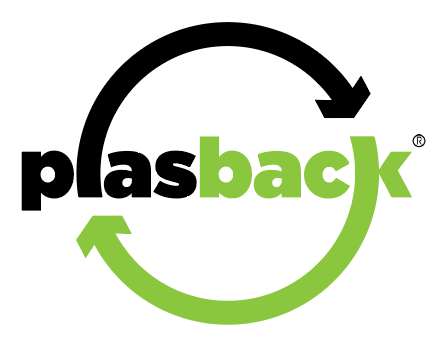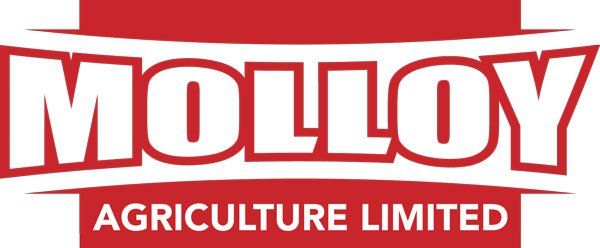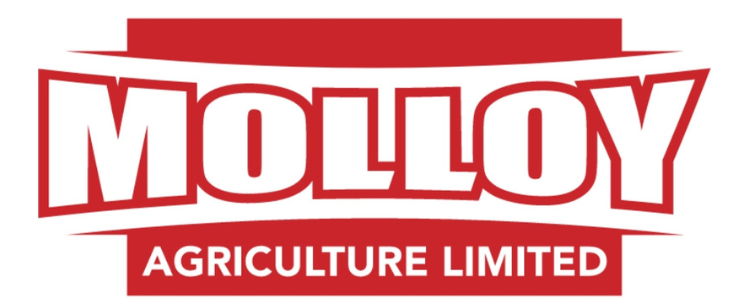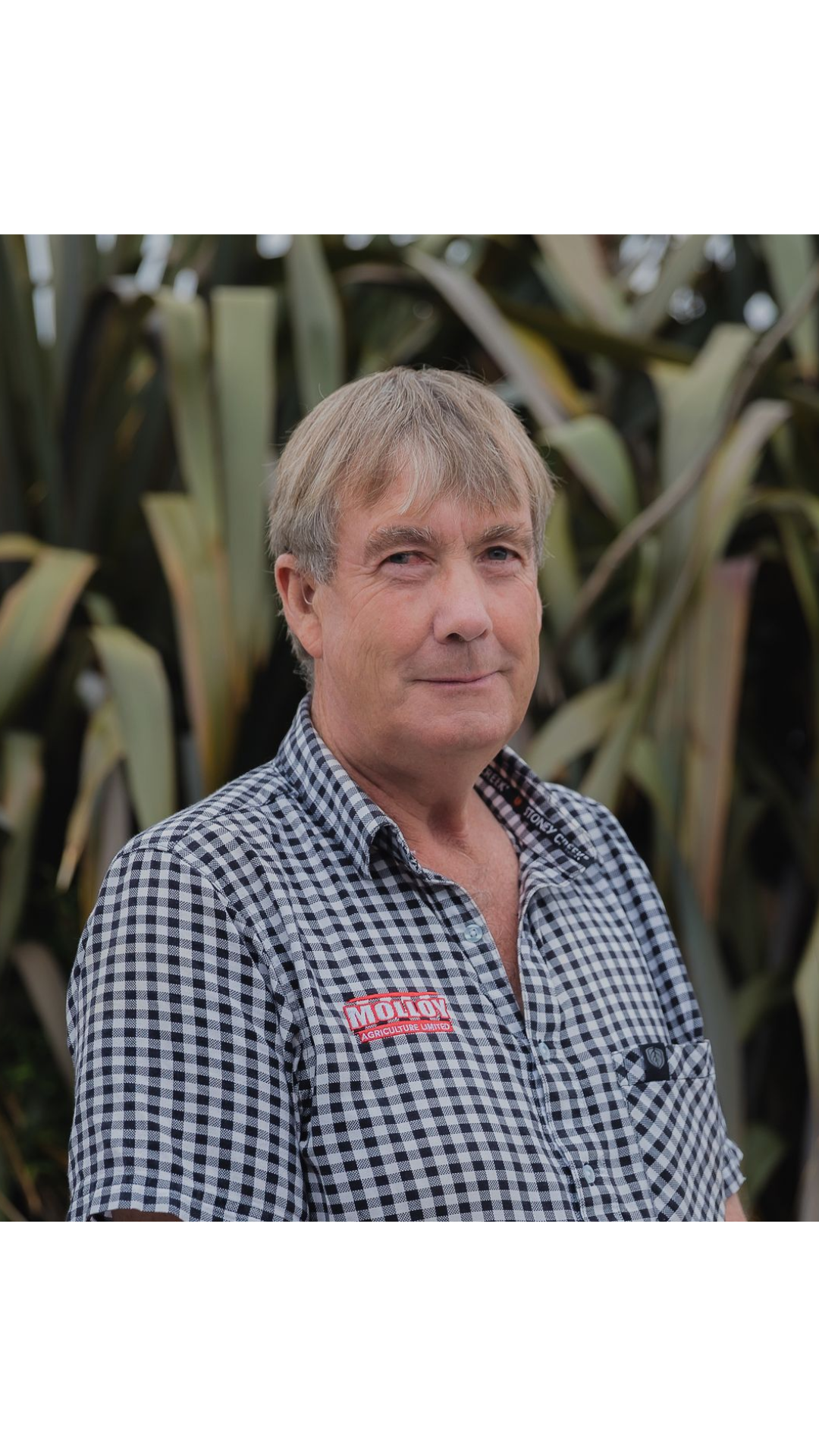PLASBACK
We are the North & Mid Canterbury Collection Partner for Plasback, an on-farm collection of agricultural plastic waste.
We collect full Plasback liners through the Plasback on-farm collection service.
The process:
- Purchase a Plasback recycling bin & liner through us.
- Place waste plastics, such as balewrap, into the Bin straight away, by placing the waste materials in the bin as soon as possible it keeps the plastic much cleaner and this means recyclers are better able to use the plastic as well as keeping your farm tidy.
- Once the liner is full, visit the Plasback website to book your collection through their online booking form . For larger operations regularly filling multiple liners, please book collection once there are several liners to collect.
- When the booking has been made, one of our team will contact you to arrange collection.
Please note that collection may not be made until a number of bags within your area are ready to collect.
What can be recycled in a Plasback liner?
The main waste streams are:
- Silage wrap, silage pit covers and shrink wrap.
- High density polyethylene (HDPE) drums – Exclusive to Ecolab & FIL – 100-200L drums.
- Half tonne and one tonne bulk bags.
All collections are on farm and all waste must be placed into a liner, different waste streams must be kept in separate liners.
What Plasback cannot recycle?
- Rubbish.
- Plastic bags.
- Net wrap.
- Mud.





